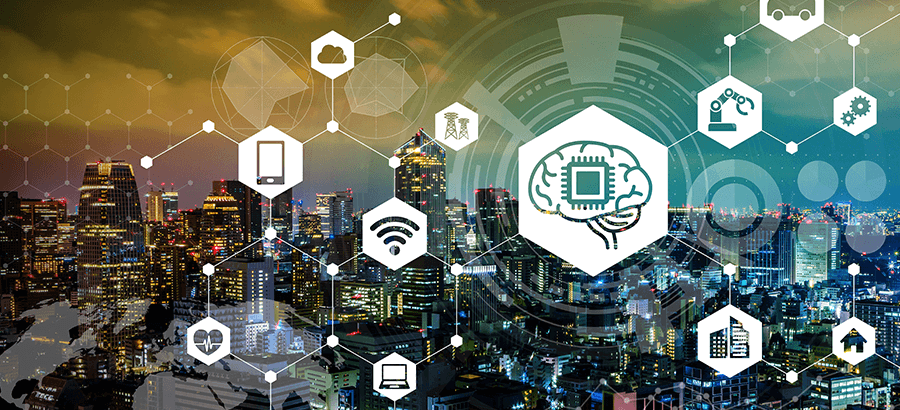The idea of inanimate objects as intelligent beings has been around for centuries. The ancient Greeks had myths about robots, and Chinese and Egyptian engineers built automatons. In modern times, the term was first coined in 1956 by American computer scientist and inventor, John McCarthy, at a conference in New Hampshire.
Today we are surrounded by AI, from Apple’s Siri and Amazon’s Alexa, to IBM’s Watson and Google’s AlphaGo. In a business context, when coupled with the power of ERP, AI can answer questions about your business you have yet to ask. Here a few examples of the many ways this plays out in practice:
Fraud detection – with AI sitting on top of your ERP database, fraud detection becomes easy. AI trawls through your database detecting the norm for particular users, and compares this to all transactions, for example, posting of sales orders, requisitions and purchase orders. If anomalies are found the relevant people are immediately alerted.
Trend detection – Social media platforms like Twitter give you quick access to what’s trending around the globe. Similarly AI gives you the same information within your business. What would have historically required the pulling and collation of several reports is now achieved automatically by AI pushing the relevant information to you. This takes your ERP from a system of record to a system of engagement.
Collaborative filtering – Online retailers like EBay and Amazon have been using this for years: ‘people who buy X also buy Z’. This same technology allows your sales team to cross-sell and up-sell by examining past similar transactions, and pushing this information to them instantly.
Computer Vision – AI has the ability to analyze stills and video images in real time. A good example is OCR, or optical character recognition, where a picture of an invoice or a stock code and quantity can be posted to your ERP and captured automatically, or a receipt form a business lunch photographed and posted as an expense for reclamation. Another example would be facial recognition in a warehouse through an existing camera system that detects unauthorized use of machinery, or unauthorized access to restricted areas.
AI may have been a wondrous myth to our ancestors, but in today’s dynamic and digitally disrupted business world, it is very much a reality, and fast becoming a necessity to stay ahead.







